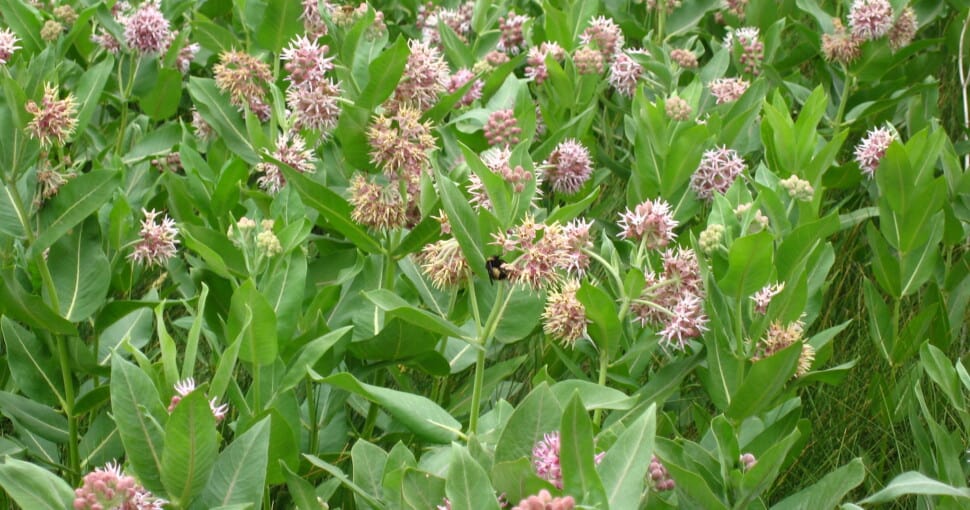You might be familiar with milkweed as the monarch butterfly larvae’s favorite food source. With several varieties of milkweed, the perennial common milkweed is the one we think of most when referring to this family of plants. This wildflower is native to some parts of the US and is not a thieving weed as its name implies.
Contents
Milkweed has 12 Asclepias native varieties around the US, most growing to 1 and 3 feet. Their bulbous head of clustered flowers and generally broad leaves make these diverse wildflowers easy to spot and mimic. Each version of milkweed has different colored flowers, all uniquely alluring and sometimes slightly poisonous.
Belonging to the Apocynaceae family, the 12 species of these flowering plants are:
- Asclepias syriaca
- Asclepias incarnata
- Asclepias fascicularis
- Asclepias purpurascens
- Asclepias speciosa
- Asclepias variegate
- Asclepias erosa
- Asclepias asperula
- Asclepias viridis
- Asclepias tuberosa
- Asclepias verticillata
- Asclepias californica
Although A. syriaca has long been used by indigenous tribes for medicinal purposes and cooking, it is toxic in large amounts. These flowers are a beautiful addition to any garden and can help your grounds come alive with the flutter of monarch butterflies and a splash of color.
Milkweed Plant Lookalikes
It’s time to reveal the most common bed of plants that dare try to pull one over your keen gaze. There may be others that you might’ve caught red-handed and wished to verify with this post, but the following are the ones that are so frequently identified that they have no choice but to lie on their bed of trickery.
1. Apocynum Cannabinum
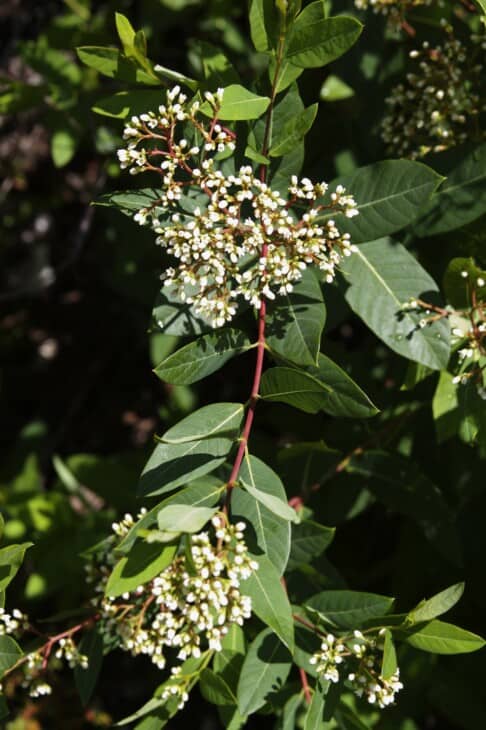
Hemp dogbane shares similarities with common milkweed through its ability to produce milky sap and other parallels from being in the same family. The 2-5 inch long, elliptical, and almost sessile narrow leaves with a more branched upper third of the stem.
The plant has high levels of adaptability and can flourish in many types of soil as long as it is fully exposed to the sun. You might catch it used in sloped and riverbank areas running erosion control projects as it can aggressively grow.
The hemp dogbane’s long and narrow fruit curve hanging fruit also helps to differentiate it from the common milkweed. Additionally, its bell-shaped and white, pink, or greenish flowers are another point of divergence from the common milkweed’s domed cluster of 5-petaled flowers that can number a hundred per umbel.
The Indian hemp or Amy root is poisonous from the seeds, roots, stems, leaves, flowers, and fruits. Just like the common milkweed, the Amy root has cardiac arrest-inducing properties. It can grow to heights of 2-5 feet with a width of 1-2.6 feet, so there’s plenty of it to cause severe casualties for humans and animals.
2. Gomphocarpus Physocarpa
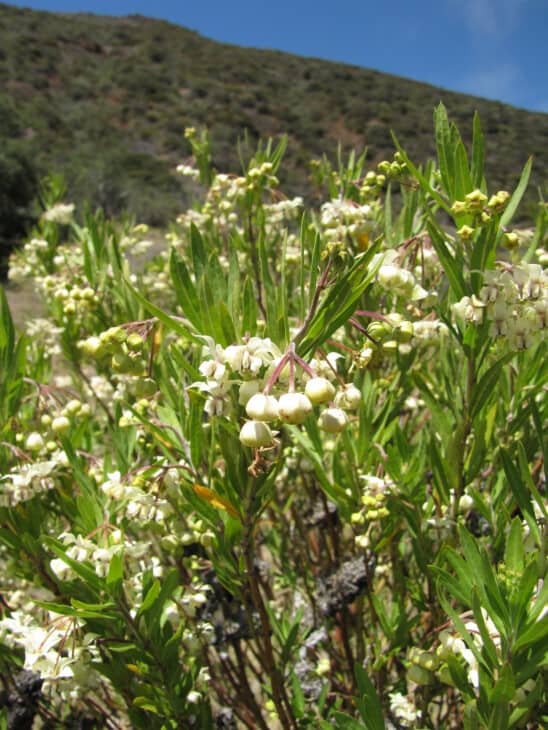
When in bloom, the balloon plant can resemble A. verticillate as it can flower white like the whorled milkweed. The balloon plant, also known as the balloon cotton bush and other interesting names, is native to South Africa and is actually part of the milkweed family.
From a distance, this plant’s green, narrow leaves and clusters of white flowers with hints of pink share a striking resemblance to the whorled milkweed. The 4 to 6 height these plants can grow to is one of the first tells as it’s almost twice the size of native milkweed.
The distinct “cotton ball” look of the balloon cotton bush’s fruits with tiny pointed spines is another dead giveaway.
3. Lespedeza Capitata
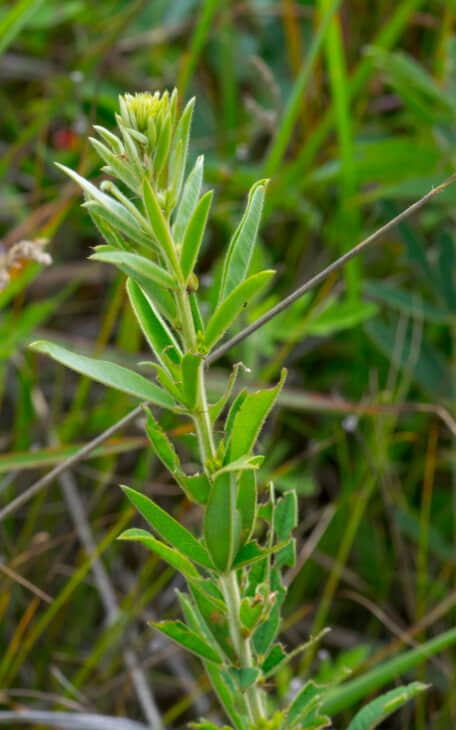
Bush clover shouldn’t confuse most gardeners, but the fact that it can have a green upright stem with gold or yellow flower clusters at the top of the plant can pull the rug under some people. Found in most North Carolina regions, the round-headed bush clover is a nectar plant and host for butterflies.
The brown or copper capsule-shaped fruit is reminiscent of some milkweeds and is as low maintenance as common milkweed. And like the pubescent stem of A. purpurascens, the stem and leaves of the bush clover in fine hairs.
4. Hydrangea Arborescens
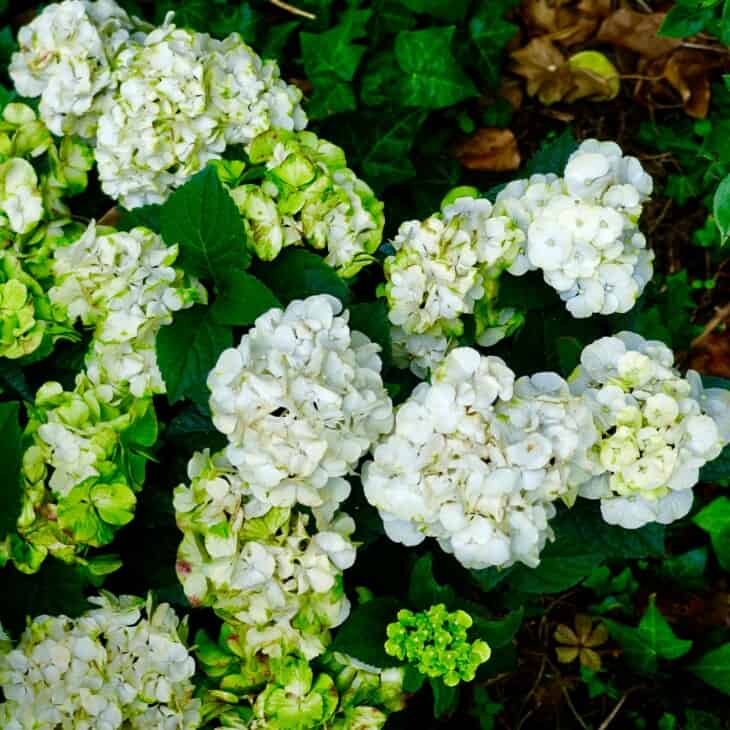
Commonly known as hills of snow, this plant’s cauliflower-like head of white flowers resembles the cluster of flowers of whorled milkweed. The 3 to 6-inch width of its green leaves is the same width as that of the A. variegata.
The presence of hairs on the leaves further perpetuates the confusion. The plant’s over 6-inch leaf length begins unraveling the likeness to the mentioned milkweeds. Hills of snow or wild hydrangea grow to a similar height to some of the taller milkweeds, between 3 and 5 feet.
Related: 8 Plants That Look Like Hydrangea
5. Hydrangea Cinerea
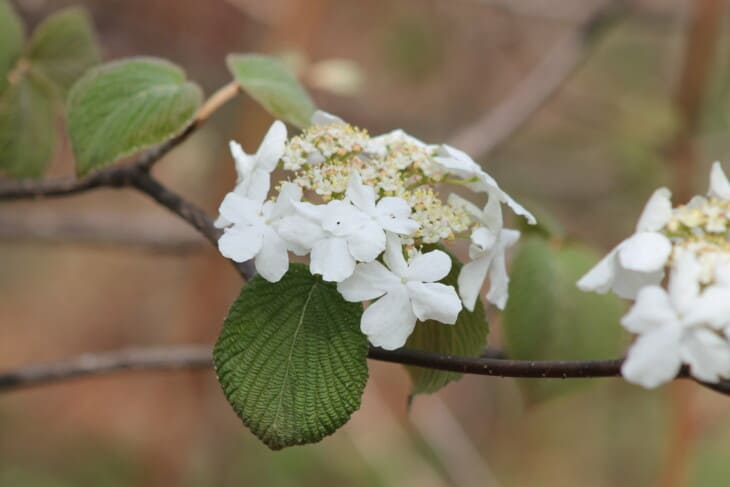
Ashy hydrangeas are in the same family as the hills of snow, and because they share a look with our previous entry, they can also be mistaken for some milkweed species. The showy white clusters of Deam’s hydrangea bloom over spring and summer with 4 to 5 petals like common milkweed.
Growing to a length of 2 to 6 feet, you might come across these milkweed-lookalikes if you live in southeastern and Central America. Since gray hydrangea is native to the US and becomes drought and heat-resistant, it is as attractive for gardeners as milkweed.
But it won’t do the same job if you’re working to make your garden a population-rehabilitation sanctuary for monarch butterflies.
6. Phlox Carolina
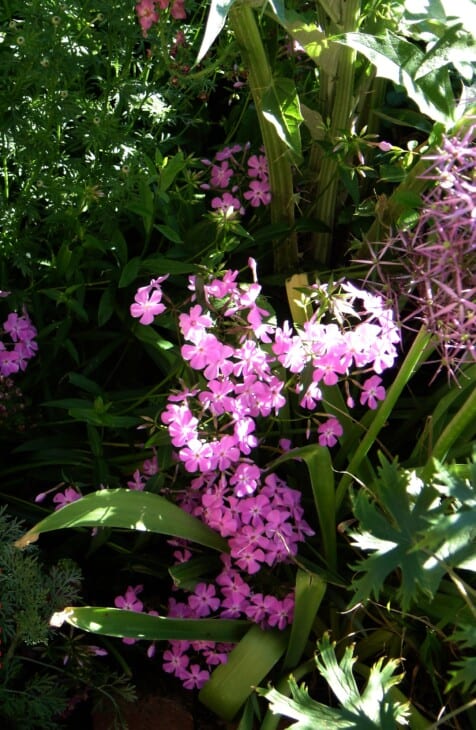
If you’re driving in the southeastern parts of the states and spot what you believe to be milkweed growing along the roadside, the giant phlox might have momentarily duped you. Like milkweed, the Carolina phlox’s stem grows upright, wearing hairs in its pubescent stages.
Closer looks should reveal that the 1 to 5-feet tall red or burgundy-hued stems have a red streak. As a final check, the stem shouldn’t ooze milky sap when crushed, and the hairy leaves should be green with a leathery texture.
7. Asclepias Sulliantii
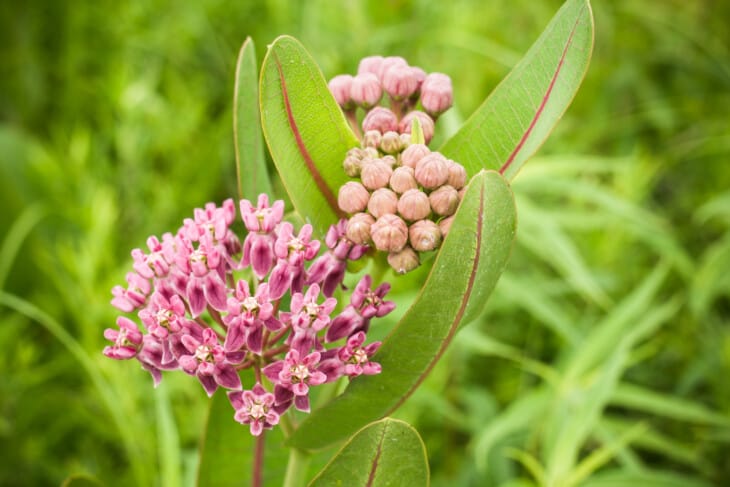
Sullivant’s milkweed has fully sessile leaves that stand erect opposite one another in a strongly ascending arrangement on the plant’s greenish stem. The plant has thick, smooth, and leather-textured leaves with purplish flowers.
The number of flowers found on this plant is less than those found on common milkweed, and these leaves are thicker, more coarse-textured, and about twice the size. Sullivant’s milkweed prefers undisturbed.
The plant flowers and fruits from mid-June to August, reaching its peak in the middle of July.
You might not have to be concerned long with Sullivant’s milkweed as their population is at risk of altogether dropping off as the moderately moist, undisturbed, and wet grasslands they inhabit fall prey to the charms of capitalism.
8. Lythrum Salicaria
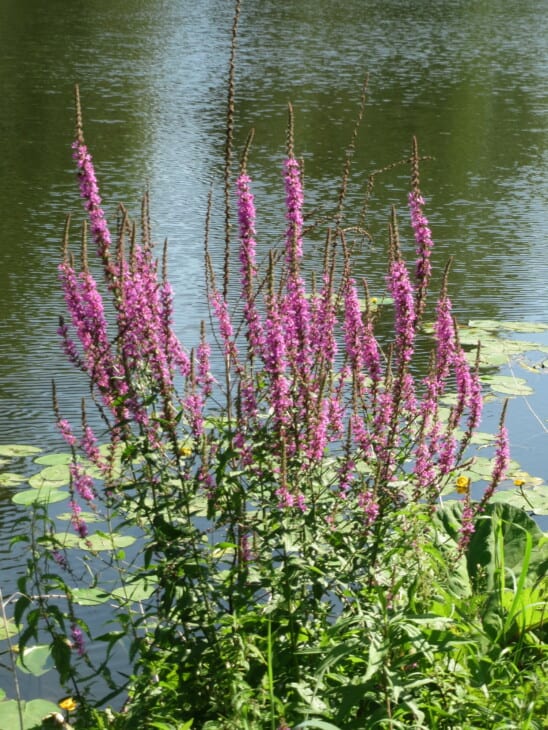
Purple loosestrife isn’t a particularly liked flower, and they serve as outlaws in North Carolina and some other states. The reason for the hate against this flower which was previously thought harmless and was legal to be sold, is that it was discovered that it has a knack for escaping.
Purple loosestrife jumps cultivation fences and becomes a prolific invasive weed that steals from the native vegetation responsible for maintaining water flow in that area. The plant is now more widely known to be a perennial weed.
The loosestrife favors wet soil and uneclipsed sun as favorable growing conditions, which could overlap with areas where you’d find milkweed. The invader works its way to a girth of 2-4 feet and can grow to be 2-6 feet.
Similar to milkweed, pink, purple, or lavender flowers are showy. They also have some of their Summer blooming time overlap with some milkweeds like purple and common milkweed. Their capsule fruits may resemble milkweed, but their cream or tan color serves as a hint for investigators such as yourself.

